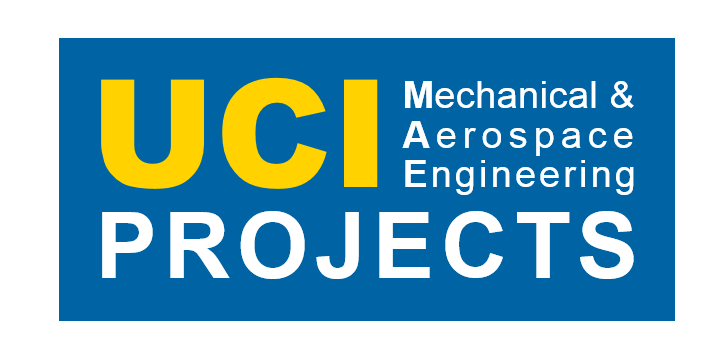With our proof of concept model giving usable amounts of power in the initial estimates, more detailed analytical work showed additional forces that seemed hard to take into account in the power area density. To properly estimate how much power we can produce from a one tile size model, we decided to first make a miniature tile model for both …
Week 1 Triboelectric Energy Harvesting
After our trip to Beijing, China to meet and present our research with the PKU student team, it was determined that it would prove to be more beneficial for us all to move forward with a new design aimed at using a kind of tile floor to harvest energy from daily commuters walking. Going into winter break, our UCI team …
Week 6
By week six, we receive all of the necessary materials to create a working test model of our concept. We soldered wired to copper electrodes, then applied kapton on one electrode and Biaxially Oriented Polypropyleneon the other surface. Then we connected the wiring from the electrodes to a voltmeter and rubbed the surfaces of the electrodes together to create friction. …
Week 5
By week 5 we determined the application for or design project. This technology is proposed to be incorporated into revolving doors that are used in public areas. As the door rotates, friction is generated between the edge of the door and the connecting surface. This application is advantageous because of two elements. 1) People will generate energy by not doing …
Week 4 (Updated) – Material research and bill of materials
Our team had finalized a design for our project. The next step was to research materials to see just how feasible our design was. We split the research of materials between 3 individuals. One would look up piezoelectric materials, the other triboelectric and the last the circuitry needed. After we had each done our research of materials we had created …
Week 3 Blog (Updated)
Our senior design project is an International Capston Design Project in which we hope to harness micro-meso scale energy using piezoelectric and triboelectric materials. This week we mainly focused on learning about the two technologies, how they work and what the benefits are of both. We discussed with our advisor on what the application would be before we started designing …
Researching design, materials and costs
After researching what materials were needed, we showed our advisor what we planned to do with these materials. Our advisor approved the materials we had in mind and were purchased. In order to pick which materials we needed, we compared and contrasted the pros and cons of each material. Taking in consideration of the costs we purchased the materials which …
Project Requirements (Week 3)
This week we discussed the goals and requirements of our project. Our advisor guided to us on what we needed to research and gave us some informative links. After that we presented what we had found to our advisor at the end of the week.
